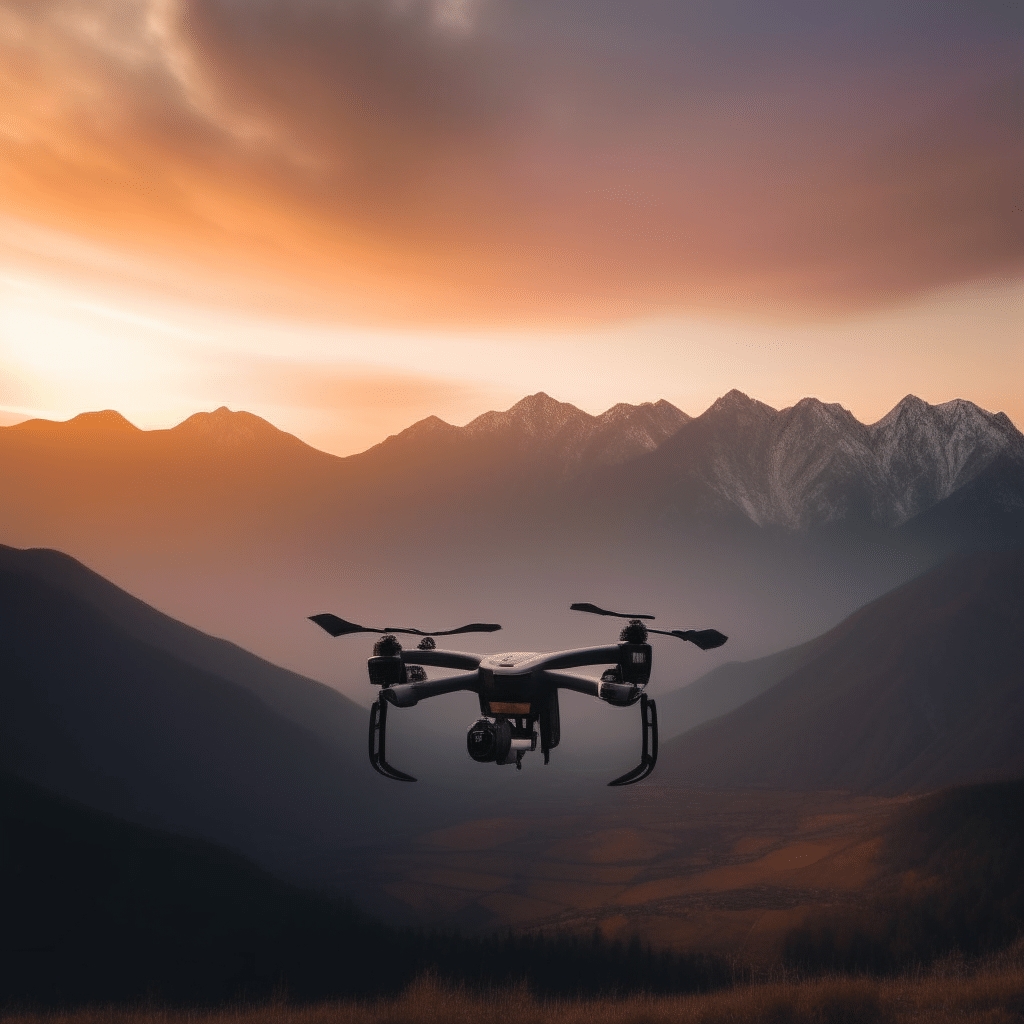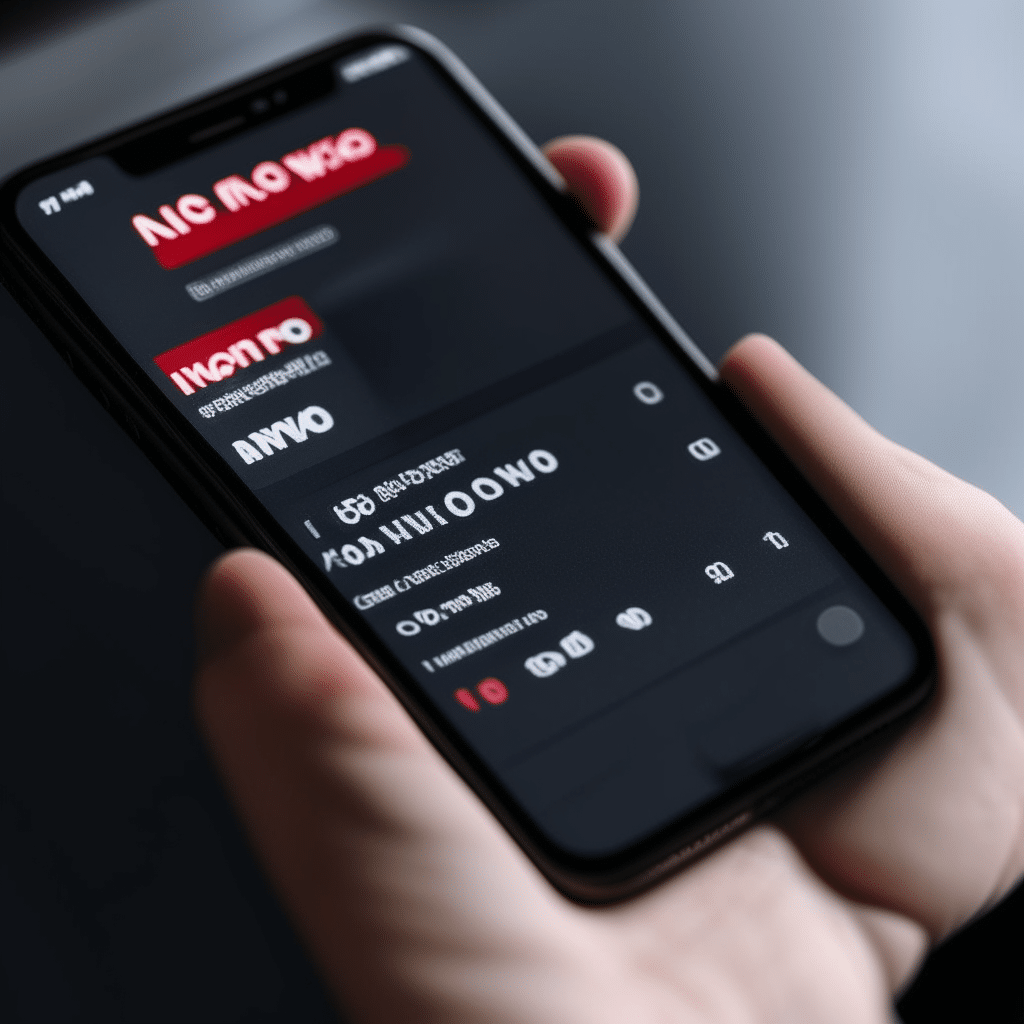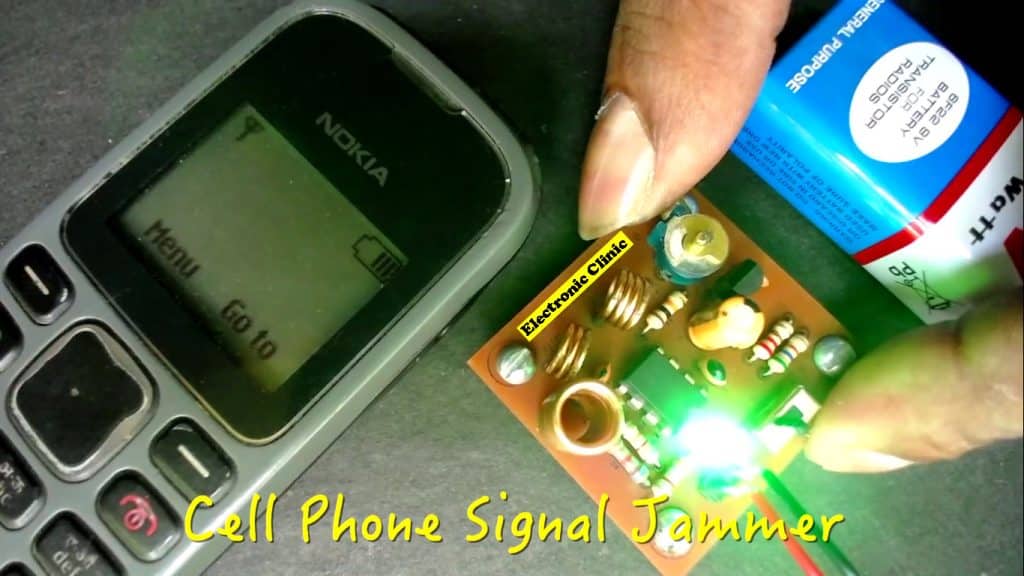A drone is a small, unmanned aircraft that can be autonomous. These flying machines are typically cheap, easy to operate, and reliable. They’re also very useful in many fields today. With their growing popularity as well as the ongoing rise of drones-based commercial applications and products, it’s no surprise that these flying machines have become a major source of security problems for businesses and even organizations as a whole. Now, with the growing use of drones by many organizations in various fields from security monitoring to precision agriculture, the number of potential attack vectors against them has also significantly increased over time. In fact, the threat of drone attacks is already so severe that governments all over the world have issued regulations for this reason. Fortunately though, thanks to new innovations in modern jammers and anti-spoofing technology available these days, businesses and organizations nowadays can effectively combat these drone-based security threats through appropriate countermeasures that reduce their impact on an organization as a whole while still keeping their operations safe and secure at the same time.
What is a Drone Jammer and How Does It Work?
A drone jammer is essentially a device that’s typically used to block or disrupt the signals between an unmanned aerial vehicle (UAV) and the controller station. This is so because most commercial drones use radio frequencies to communicate between these two points. Therefore, a drone jammer essentially blocks these signals at a specific frequency by replicating or replicating the signal it receives and amplifying it in such a way that it overwhelms the signal from the drone controller. It’s worth noting that a jammer can generally only disrupt the signal of one device at a time. Therefore, while it’s possible to use a drone jammer to interfere with the signals of multiple drones at once, it’s not possible to utilize the same device to disrupt the signals of two different devices simultaneously.
Types of Drone Jammers
There are two common types of drone jammers: ground-based and portable.
There are also two main categories of jamming: active and passive. Active jammers require some form of electrical power to operate, whereas passive jammers require no power at all.
1) The most common type of remote control is the radio-controlled (RC) drone. RC drones have become very popular among hobbyists and enthusiasts due to their ease of use and low cost. In addition, RC drones are becoming more affordable due to recent advancements in technology and manufacturing processes. However, these drones can be easily jammed if they are not properly protected or configured.
2) Another type of remote control that is used for many purposes is the infrared (IR) remote control. IR remotes are used for controlling a wide range of devices such as smartphones, TVs, video game consoles, etc. IR remotes can be very easy to jam as well but can be more difficult than RC drones because they require direct line-of-sight between the remote control and target device. This means that the target device must be pointed directly at the jammer in order to work effectively against it.
3) A third type of remote control is the ultrasonic remote control. Ultrasonic jammers work by emitting a high-frequency sound wave that produces an acoustic echo back to the controller, which then causes the target device to shut down or malfunction
How it Can Help You?
Now that we know what a drone jammer is and how it works, the next question is: how can a drone jammer be used to help businesses and organizations? The answer is simple: by blocking or disrupting the signal between a UAV and its controller, a drone jammer can effectively prevent unauthorized drones from accessing sensitive areas or locations. This is especially useful for businesses or organizations that operate in high-security environments such as military bases, power plants, prisons, and the like.
Not only does a drone jammer help businesses and organizations to keep their operations safe and secure, but it can also be used in other ways as well. For instance, if you’re a journalist covering a protest, a drone jammer can be used to prevent government drones from spying on the protesters and gather information about them. In a similar vein, if you’re concerned about your privacy, you can use a drone jammer to prevent your neighbor from snooping on you with their drone.
Why It’s Necessary?
While drone jammers are certainly a valuable tool, it’s important to remember that they should only be used in specific circumstances and not as a general panacea for all drone-related problems. First and foremost, using a drone jammer without proper authorization is illegal in most countries. Second, while a drone jammer can help to keep unauthorized drones out of sensitive areas, it can also be used to prevent emergency services from accessing these areas in the event of an accident or natural disaster. Therefore, it’s important to use drone jammers only when absolutely necessary and to always have a backup plan in place in case of emergencies.
Conclusion
Whether you use drones for security purposes or simply want to keep your airspace open for use, a drone jammer can be used to protect your airspace. This is especially helpful if you don’t want to use any visual cues to detect and measure the range of a drone. With this in mind, a drone jammer is a great tool for protecting your airspace and combating unwanted drone usage. It can also provide numerous benefits for businesses and organizations that use drones in their day-to-day operations.




